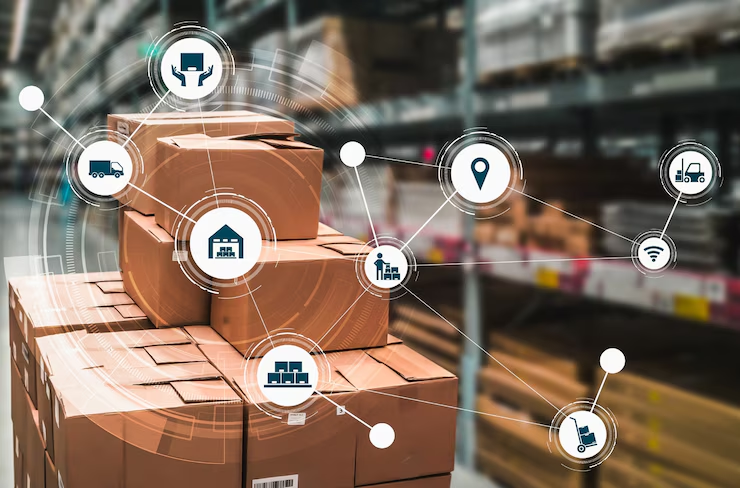Sustainable Logistics: Minimizing the Carbon Footprint for Last Mile
In this article
Let’s be blunt: the “last mile” is the most wasteful mile in logistics. It’s where inefficiency, congestion, and carbon emissions converge—often undoing the sustainability gains made upstream. For logistics leaders, the message is clear: if you’re not aggressively rethinking your last mile operations, you’re not just missing a business opportunity, you’re complicit in a growing environmental crisis.
But here’s the upside: the last mile is also where innovation can deliver the most dramatic results. With the right mix of technology, data, and operational discipline, it’s possible to decouple growth from emissions and turn sustainability into a strategic weapon.
Rethinking Route Optimization: Beyond the Basics
Too many companies still treat route optimization as a “nice-to-have” bolt-on. In reality, it’s the single most powerful lever you have to cut carbon from last mile operations. Modern route optimization software isn’t just about finding the shortest path on a map route planner - it’s about orchestrating a symphony of variables: traffic, weather, vehicle type, delivery windows, and even real-time demand spikes.
Here’s what the leaders are doing:
- Deploying AI-driven route planning software like Libera’s that dynamically recalibrates routes in real time, not just at the start of the day.
-
- Using predictive analytics to anticipate bottlenecks - think festivals, weather events, or sporting fixtures - and rerouting proactively.
-
- Integrating customer preferences (like green delivery slots) directly into the route planning software.
Reverse Logistics: The Hidden Carbon Culprit
Returns present a significant challenge for e-commerce sustainability, often doubling the footprint of a single order. Despite this impact, reverse logistics is often managed separately from core last mile operations, limiting opportunities to optimize routes and reduce emissions.
The new playbook:
-
- Integrate reverse logistics into primary delivery routes using advanced route planning software, so pickups and drop-offs are optimized together.
-
- Use data to predict and preempt returns - Libera’s Network Control Tower, for example, identifies return hotspots and triggers proactive interventions, from customer education to alternative drop-off points.
-
- Automate exception handling so that failed deliveries and returns don’t spiral into a logistical and environmental nightmare.
Maximizing First-Time Delivery: The Overlooked Sustainability Win
Every failed delivery is a self-inflicted wound; more miles, more fuel, more emissions. The leaders are obsessed with first-time delivery success, and for good reason.
What works:
-
- Hyper-accurate address validation using map route planner integrations.
-
- Real-time customer notifications and dynamic delivery windows.
-
- Smart dispatching that matches the right order to the right vehicle and driver, maximizing load factors and slashing empty miles.
The Libera unified tech stack brings these elements together, giving operations leaders a single pane of glass to monitor, optimize, and intervene on time.
Data-Driven Capacity Planning: From Guesswork to Precision
Sustainability isn’t a slogan, it’s a metric. Leaders are tracking CO₂ per delivery, fuel burn per route, and even the carbon intensity of specific SKUs. But you can’t manage what you can’t measure.
You need :
-
- Real-time dashboards that surface granular sustainability KPIs, not just operational ones.
-
- AI-driven scenario planning to model the carbon impact of different logistics strategies - should you open a micro-fulfillment hub, or reroute deliveries to off-peak hours?
-
- Closed-loop feedback: every delivery, return, and exception feeds back into the system, making tomorrow’s routes even greener.
Sustainability by Design : Are You Ready to Lead?
The last mile is where your brand’s promises meet the real world—and where your sustainability story is written, delivery by delivery. With the right technology and mindset, you can cut costs, delight customers, and dramatically reduce your carbon footprint.
The question is: Will you lead the charge toward a sustainable last mile, or get left behind as the world moves forward?



